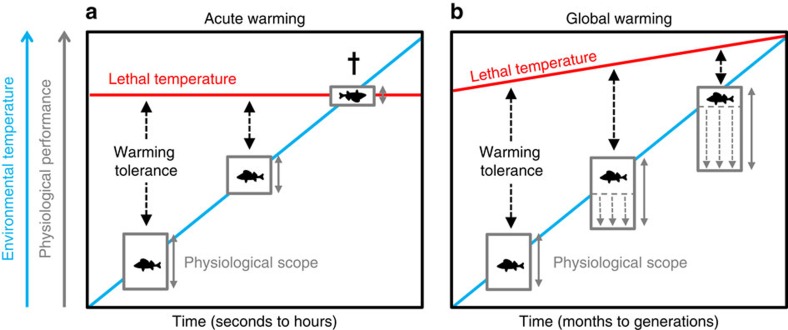Figure 4. Conceptual model summarizing the hypothesis of ‘Plastic floors and concrete ceilings'.
The figure illustrates the differences in thermal effects on eurythermal fishes during acute warming (a) and global warming (b). The blue line represents the environmental water temperature and the upper red line represents the lethal temperature limit (that is, CTmax). The difference between these thermal limits is the warming tolerance. Boxes represent basal and maximum physiological functions such as oxygen consumption rate, heart rate and cardiac output at given temperatures, with the difference between lower (basal) and upper (maximum) boundaries representing the scope (grey vertical double arrows). In the acute warming scenario, basal physiological functions increase while the scope may decrease if the increases in basal rates are not matched by similar increases in maximum rates. In the global warming scenario, eurythermal fishes can maintain or even increase physiological scopes by thermally compensating basal rates through thermal plasticity of biochemical and physiological functions, for example, although maximum capacities appear more rigid. The upper lethal temperature limit shows limited thermal plasticity and increases much less than the environmental warming. Thus, even if organismal function and physiological scopes may be adequate with global warming in eurythermal fishes, the warming tolerance is markedly reduced making the animal considerably more vulnerable to episodic heat waves reaching lethal limits. In this model, the ‘plastic floors' are represented by basal physiological rates, whereas the ‘concrete ceilings' are represented by maximum physiological capacities and lethal temperature limits.

